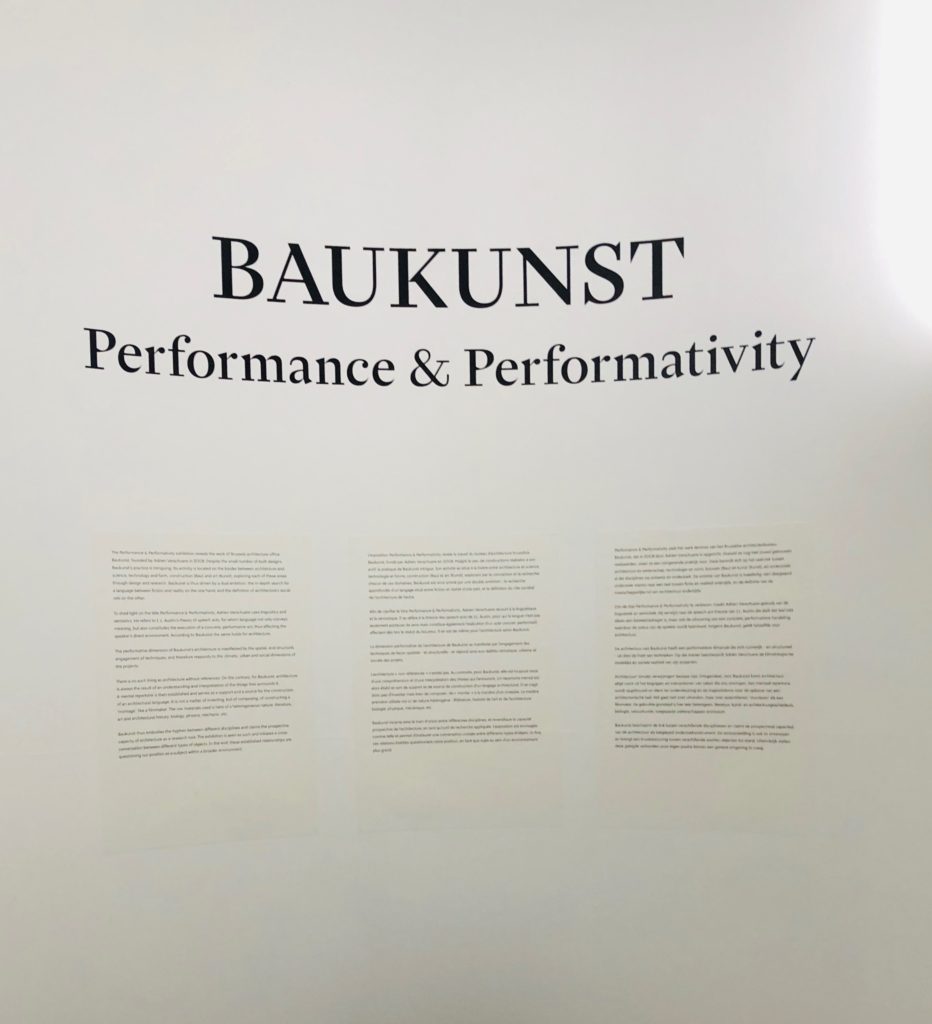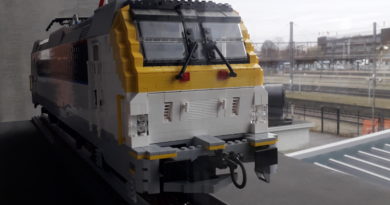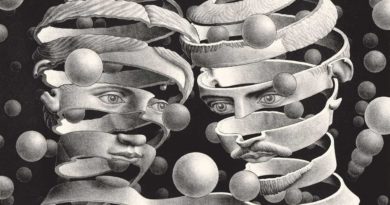BAUKUNST at Bozar: A Journey into Memory and Imagination
This is not a building. It is time and space fused together, a continuum of imagination and intimacy, memory and fluctuation. A “dwelling”, as the German philosopher Martin Heidegger would say. The BAUKUNST. Performance & Performativity exhibition at Bozar in Brussels aims to prove exactly that. Architecture does not simply provide a void space for living. The ephemerality of human existence opens up the door to myriad possibilities. It somehow forces the space to become imbued with its surroundings, to be caught in the maelstrom of modernity and its perpetual dynamism and mobility. The space becomes embodied and we, as creatures of imagination, are part of it.

The Jardin des Quatre Vents in Molenbeek, one of BAUKUNST’s projects nominated for the European Union Prize of Contemporary Architecture – Mies van der Rohe Award, is a positive example of built environment. A schoolyard, previously disconnected from its surroundings and open mostly to children, is reshaped by urban necessity and the lived experience of local residents. The courtyard-cum-garden now offers the flexibility of serving both as a recreation place and, with the help of an awning, a shelter from the whims of weather. The new public space paves the way for new dwellers, enabling them to build their own response to it. To Adrien Verschuere, the founder of the architecture office BAUKUNST, it is important to “understand the value of a place as a sign…a sort of time capsule where imagination and memory are intertwined”.
The expressive capacities of architecture are central to the work of BAUKUNST. According to the British philosopher J.L. Austin words and signs do not merely have a descriptive function but enunciate performative utterances as well. Thoughts, perceptions, emotions, all on stage, engaging the audience in their play. So does the completed project, The Centre Sportif de la Fraineuse in Spa, which epitomizes the idea of theatricality in architecture.
The roof of the new building gives the impression of effortlessly floating above the base of a nineteenth-century neoclassical castle. They blend into a unified scenery, all the way preserving their solitude. Each structure performs its own role, and the mise-en-scène helps create a characterful environment.

The philosopher Gaston Bachelard argues that the ‘state of impermanence’ is superior to the ‘state of finality’ when we choose our location in space. The former encourages us to dream, to embrace the probable and hence allow new impressions enrich our experiences. The BAUKUNST exhibition echoes this longing for the hidden, for the comfort of imagination. It does not shut down reality, on the contrary, it redesigns it, by leading us on towards a public imagination where we can freely move around.



